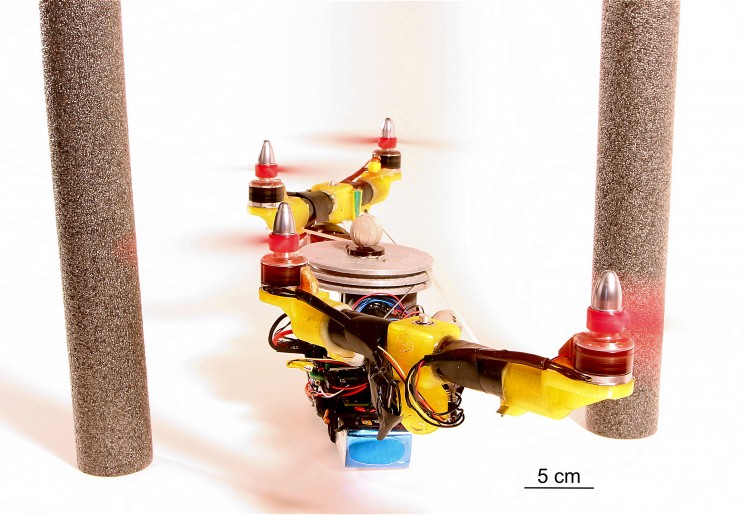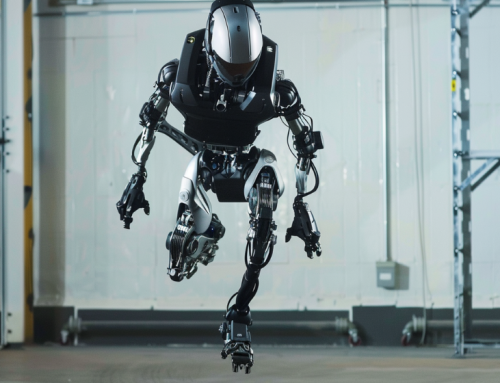French Researchers Develop Bird-like Drone
Most drones fly with four copter-like blades and have a square or rectangle shape. If the gap between buildings is narrower than the drone, then it can’t fly through. However, if the drone could morph into a two bladed shaped drone, it could shrink for the square footage it was made with originally and become a sleek drone that could be made to maneuver between the buildings. That may now be possible.
According to a story in Soft Robotics, writer Loukia Papadopoulos writes that French researchers have created a “transformer” drone that can adapt mid-flight.
Researchers from the Étienne Jules Marey Institute of Movement Sciences (CNRS /Aix-Marseille Université) developed a bird-like robot that can morph during flight. The study’s results can also apply to large robots, making them capable of adjusting to a variety of landscapes and environments including narrow passages.
This new style of aerial robots would be ideally suited for all kinds of exploration missions. CNRS’s researchers predict that the use of aerial robots in “constricted and cluttered areas for search and rescue, exploratory, or mapping operations will become more and more commonplace.”
CNRS’s new flying machines have the ability to reduce their wingspan in flight allowing them to pass through narrow spaces without the type of heavy energy-consuming steering requiring a robotic platform featuring a low-inertia. Called “Dubbed Quad-Morphings,” the drones feature two propeller-equipped rotating arms that mimic the flight of helicopters.
Meanwhile, a system designed with elastic and rigid wires enables the Dubbed Quad-Morphing “to change the orientation of its arms in flight so that they are either perpendicular or parallel to its central axis.” The robot alternates between the parallel position, to cross narrow stretches, and the perpendicular position, to stabilize its flight.
Researchers reported a Dubbed Quad-Morphing robot can reach a typical transversal speed of 4-5 km/h in indoor conditions and up to 9 km/h in external conditions. Each robot is equipped with a Quad-Morphing autopilot mechanism that controls its arms’ positions, switching orientations when CNRS’s 3D localization system identifies an upcoming tight passage to be crossed.
read more at interestingengineering.com








Leave A Comment